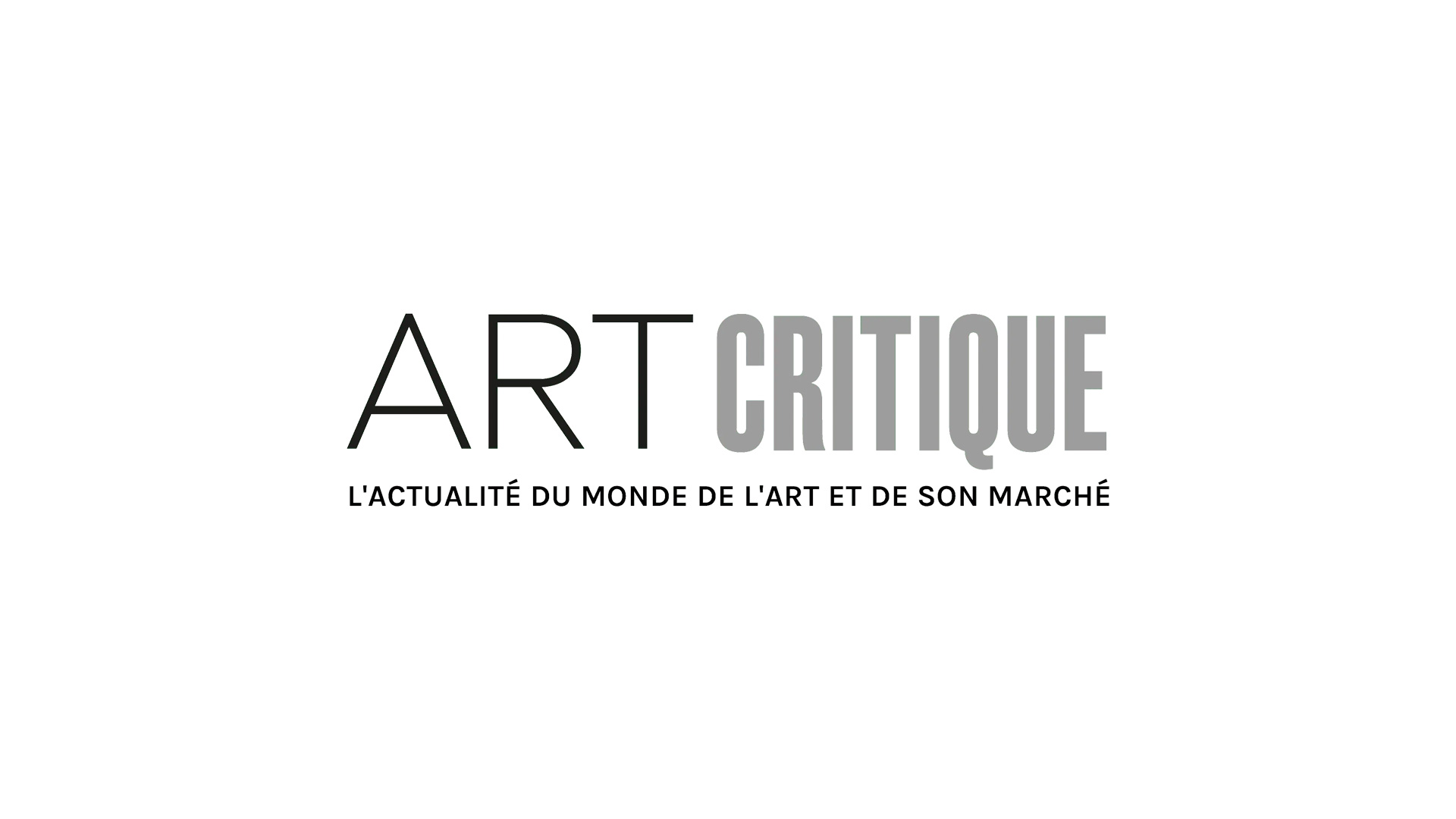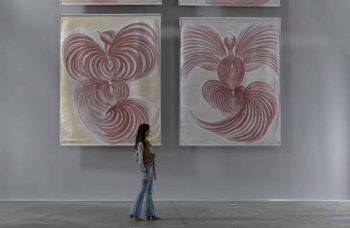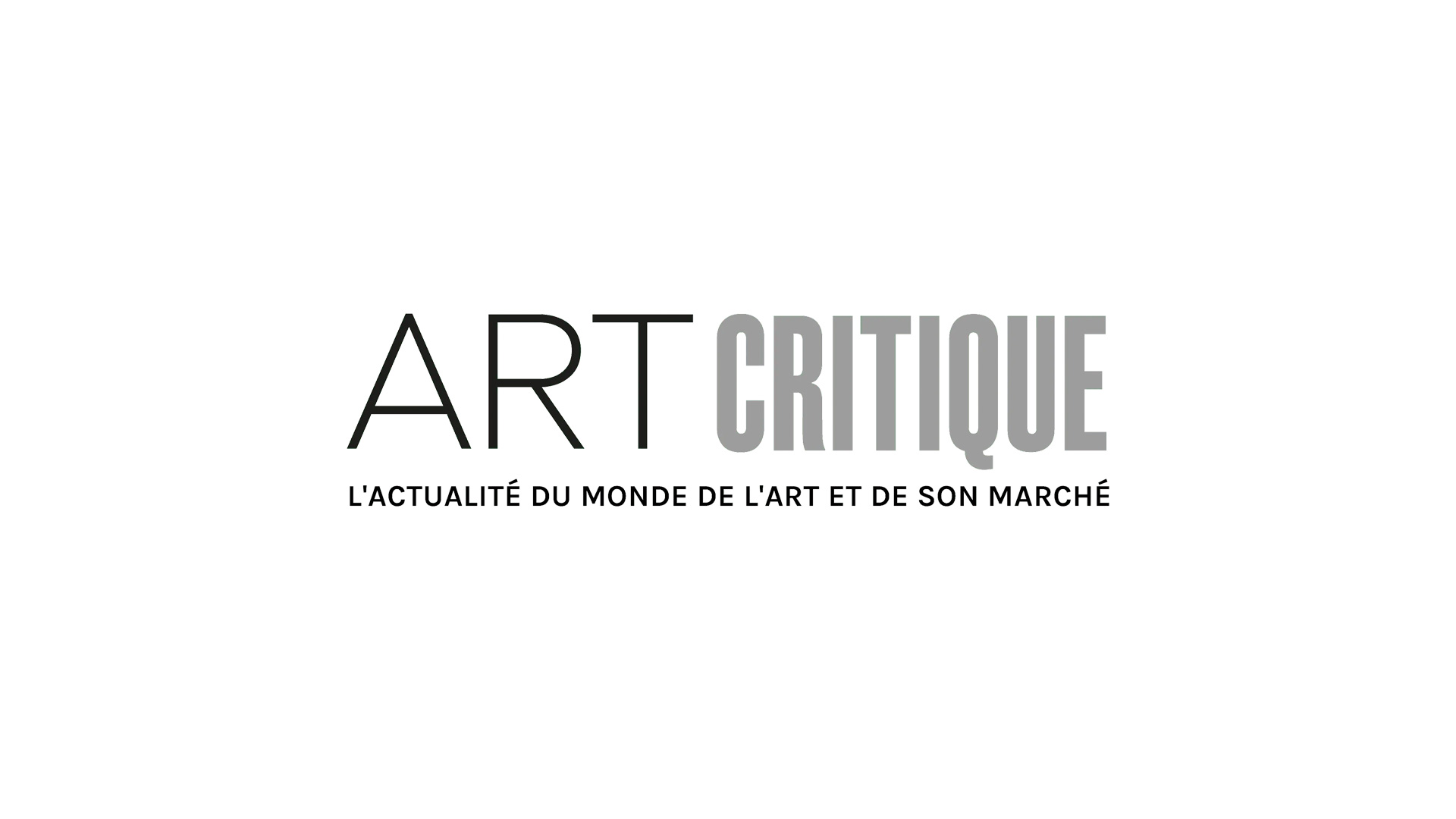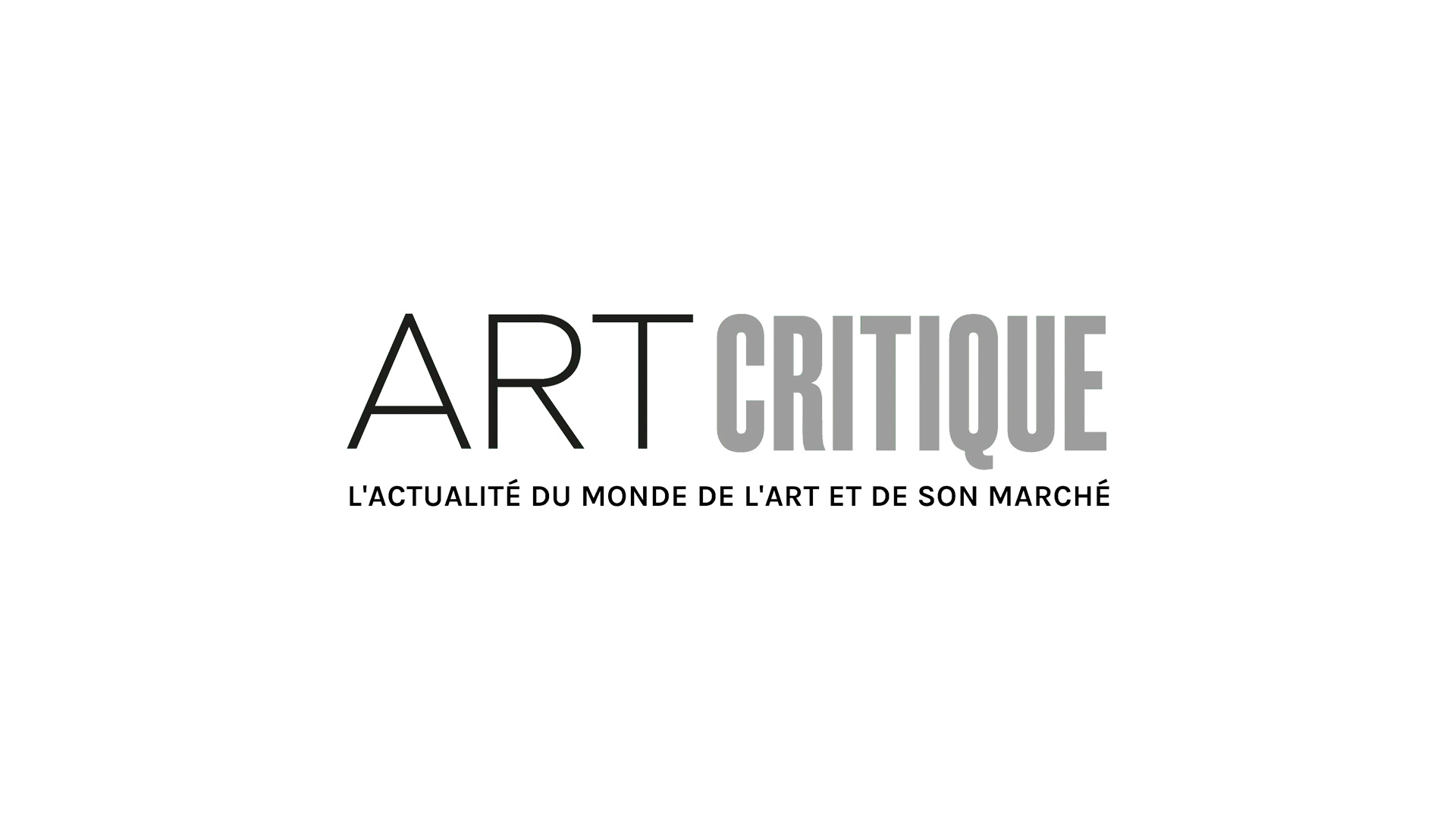In this week’s Art World Roundup we look at the future for Nick Cave’s Truth Be Told and the Robert S. Duncanson artwork gifted to President Joe Biden and Vice President Kamala Harris by Missouri Republican. Also, the final Nazi-looted artwork of the Gurlitt trove is returned to the heirs of its rightful owner, the Castello di Rivoli’s part in the pandemic, and an art dealer found guilty for trying to sell a fake Albers painting.
Sign or not, the Brooklyn Museum wants Nick Cave artwork
In Kinderhook, New York an artwork by Nick Cave continues to divide opinions, but the future of the artwork is a little more certain as the Brooklyn Museum has offered to put the artwork on view this spring. Titled Truth Be Told, Cave’s work consists of 25-foot-tall black vinyl letters that currently partially cover the façade of Jack Shainman’s Kinderhook art space. A “pointed antidote to a presidency known for propaganda that disguises truth and history to present racist and nativist ideology as patriotism,” Truth Be Told was co-designed with Bob Faust and installed in October. Almost immediately, though, Kinderhook residents took issue with the artwork. The issue hinges on if the artwork is actually a sign, which would mean it’s violating city ordinances. Mayor of Kinderhook and the town board have all called for the removal of the artwork and threatened Cave with fines. That dispute is ongoing, but no fines have been implemented, yet. Cave responded to the town’s actions with an open letter that referred to the move as censorship. The letter was signed in support by philanthropist Agnes Gund, MoMA director Glenn Lowry, curator Helen Molesworth, and Brooklyn Museum director Anne Pasternak, among others. Following the open letter, Pasternak made moves to have Truth Be Told come to the Brooklyn Museum where it will now go on view at the same time as the museum will be showcasing one of Cave’s well-known soundsuits. “Museums are being called on to tell the truth, from the painful to the celebratory,” Pasternak told The New York Times on the topic of the artwork. “We can invite a constructive conversation.”

Artwork of hope by Black abolitionist painter headed to the Capitol Building
On Wednesday, Joe Biden was inaugurated as the 46th President of the United States and Kamala Harris made history in becoming the first female Vice President. That day, Republican senator Roy Blunt of Missouri presented Biden and Harris with an 1859 painting by Robert S. Duncanson, one of the most acclaimed Black artists in US history, alongside two US flags and a pair of commemorative vases. Called Landscape with Rainbow, Duncanson’s work depicts an idealistic landscape wherein a couple walks through a pasture with a dog beneath the arch of a rainbow. Rainbows are often associated with hope, which was very much Duncanson’s aim with the work, as the painting is described as “a late hope for peace before the onset of Civil War” by the Smithsonian American Art Museum, who is loaning the work. The notions of peace and unity reflect the main theme of Biden’s inaugural address in which he emphasised the need for unity amongst the people of the US. Based in Cincinnati, Duncanson was well-known for his work and his abolitionist political view. However, the artist has gone largely under recognised outside of his home state of Ohio. Blunt call the work “a good sign” and thank Jill Biden, the new First Lady, for her help in selecting the work. “While [Duncanson] faced lots of challenges,” continued Blunt, “he was optimistic, even in 1859, about America.”
Final Nazi-looted artwork returned from Gurlitt trove
The 14th and potentially final Nazi-looted artwork held in the Gurlitt trove has been returned to the heirs of its rightful owner. The artwork, an 1840s drawing by Carl Spitzweg titled Das Klavierspiel (Piano Playing) was among the nearly 1,600 artworks discovered to belong to Cornelius Gurlitt who had inherited the trove from his father, notorious Nazi art collector Hildebrand Gurlitt. The Spitzweg was belonged to Henri Hinrichsen, a Jewish music publisher, until 1939 when, according to the German Lost Art Foundation, the Gestapo seized the artwork “due to Nazi persecution.” In the following year, the artwork was purchased by Hildebrand and while the money was transferred into Hinrichsen’s account, he was unable to access the money. In September of 1942, Hinrichsen was murdered at Auschwitz. “Behind every one of these pictures stands a human, tragic fate such as that of Auschwitz victim Dr. Henri Hinrichsen,” Monika Grütters, culture minister of Germany, said in a statement. “We cannot make up for this severe suffering, but we are trying with the appraisal of Nazi art looting to make a contribution to historical justice and fulfill our moral responsibility.”

Castello di Rivoli to help distribute vaccines
As vaccines are rolled out around the world, the Castello di Rivoli in Turn will be the first cultural centre to be transformed into a vaccination facility. Working alongside the Rivoli heath authority, the museum’s third floor will be transformed into a vaccination site in the spring. The museum’s climate controlled, security, and current COVID-related protocols make the museum a “well-equipped” and ideal place to transition into such a facility. “Art has always helped, healed and cured—indeed some of the first museums in the world were hospitals,” said Carolyn Christov-Bakargiev, director of the museum, in a statement. “Our buildings can continue to serve this purpose and fulfil our mission: arte cura—art helps.” The bottom two floors of the museum will remain exhibition and gallery space while the vaccination facilities operate upstairs. Italy was among the first hardest-hit European countries in the pandemic. At the end of last year, Italy also announced pop-up vaccination pavilions designed by Stefano Boeri that will move around Italy’s public squares.
Art dealer found guilty in case involving fake Albers painting
Gabriele Seno was convicted this week after attempting to sell a fake Josef Albers painting for €320,000. In September of last year, the Court of Milan found the art dealer to be guilty for his action although he upholds that he was unaware that the artwork was a forgery. The court handed Seno a suspended prison sentence of one year and eight months and a fine of €4,000. Seno is appealing the sentencing. The artwork in question was a yellow and orange variation of Study for Homage to the Square purportedly by Albers. Seno maintains that the artwork was handed down to him by his father, who acquired the work in 1986, and that he believed it to be authenticate. The artwork was viewed by Nicholas Fox Weber, executive director of the Josef and Anni Albers Foundation, who ultimately found it to be a fake. Weber’s opinion of the work weighed heavy in the trial and the judge noted that Weber was “immediately” aware that the artwork was not authentic. The “technique of application of color” and the fact that “the artist’s signature on the painting, apparently referable to Albers, but unquestionably apocryphal to [Weber’s] expert eye” were cited in the judge’s ruling. Albers’ paintings are deceptive in nature and to an untrained eye would appear to be easy to recreate. “People think they are easy to forge as essentially they are three squares,” Weber told the Financial Times, “but in fact [forgeries] are quite recognizable,”







